Busy, busy October… here are this month’s book covers of note…
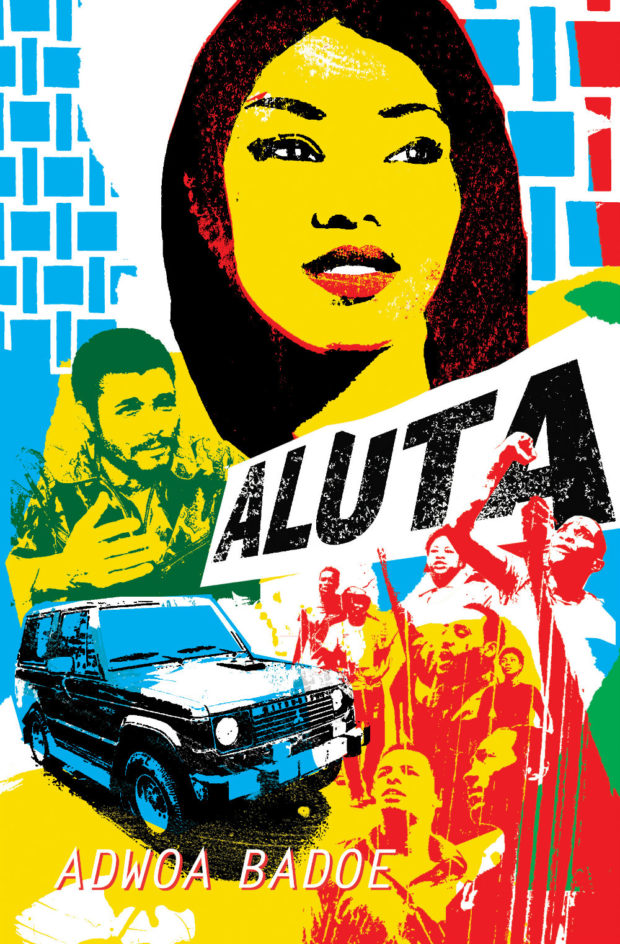
Aluta by Adwoa Badoe; design Michael Solomon; cover art Shonagh Rae (Groundwood / September 2016)

American Ulysses by Ronald C. White; design Eric White; photograph © Colorized History, colorized by Mads Madsen (Random House / October 2016)

The Architecture of Neoliberalism by Douglas Spencer; design Daniel Benneworth-Gray (Bloomsbury / October 2016)
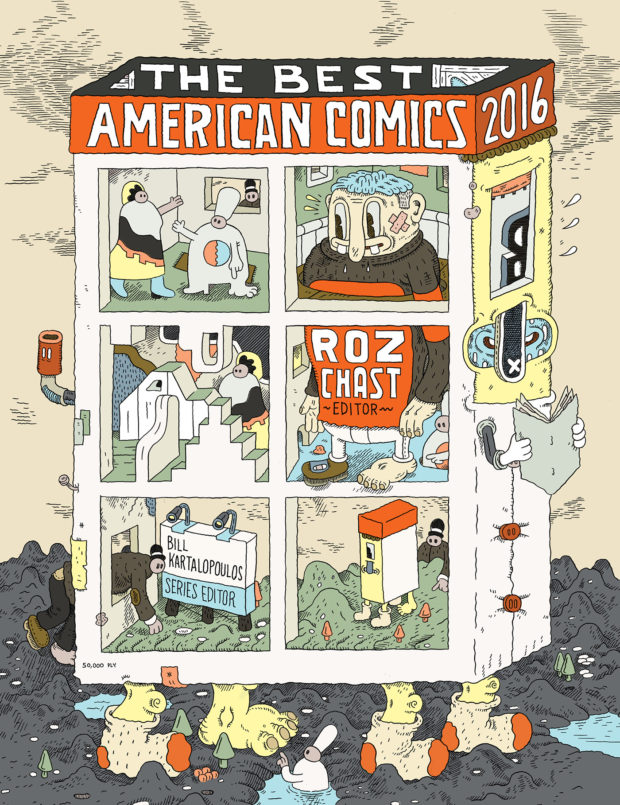
The Best American Comics 2016 edited by Roz Chast; illustration by Marc Bell; design by Christopher Moisan (Mariner / October 2016)

Best American Nonrequired Reading 2016 edited by Rache Kushner; illustration and lettering by Jillian Tamaki; design by Mark Robinson (Mariner / October 2016)
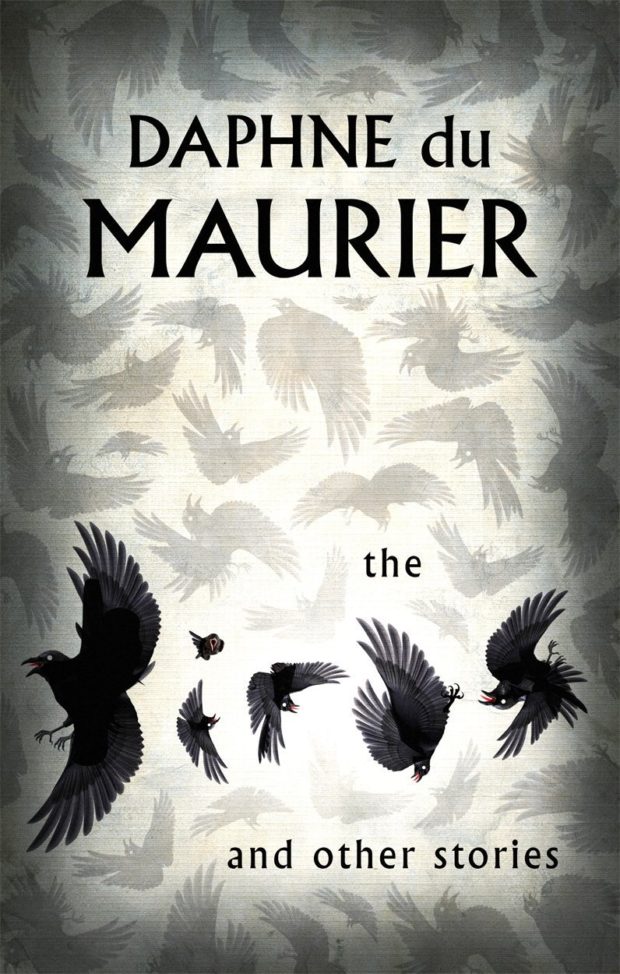
The Birds and Other Stories by Daphne du Maurier; design Jamie Keenan (Virago / October 2016)
Virago’s other new du Maurier reissues are also really nice:
I wrote about the series last year.
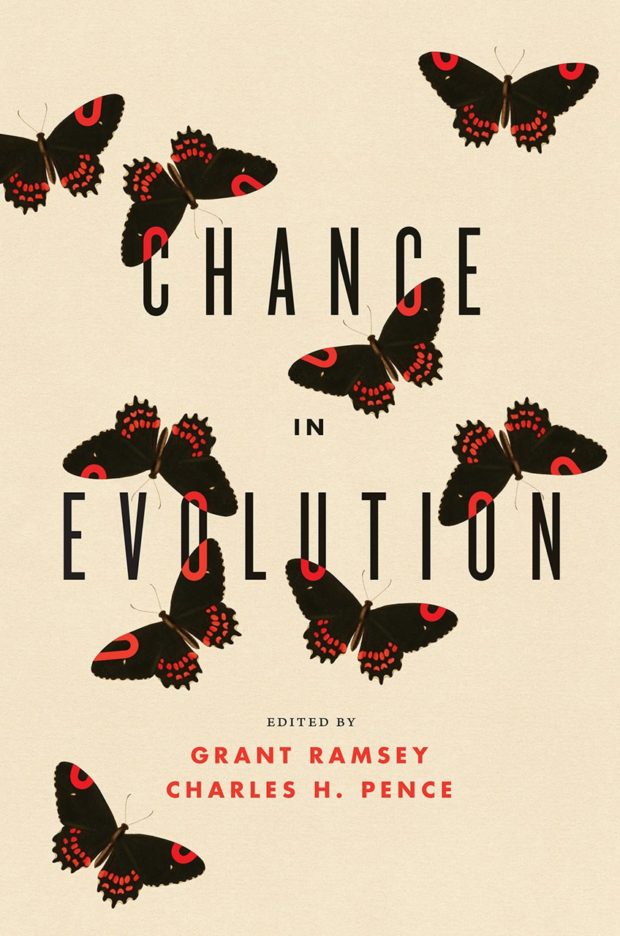
Chance in Evolution edited by Grant Ramsey & Charles H. Pence; design by Jenny Volvovski (University of Chicago Press / October 2016)
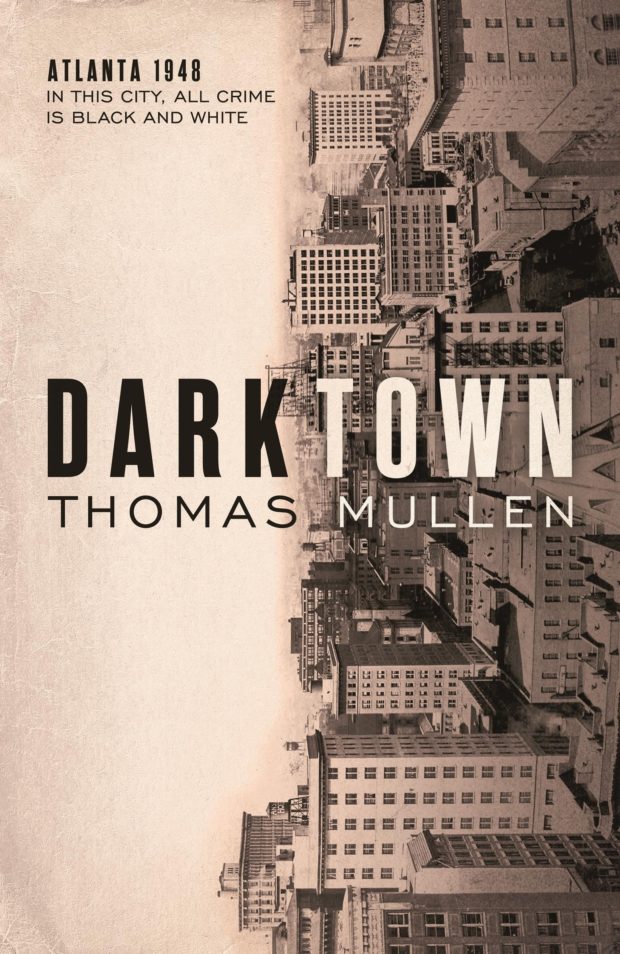
Darktown by Thomas Mullen; design by Craig Fraser (Little, Brown / September 2016)
Another entry for the sideways covers collection (although this is not a first for Mullen’s books — the US paperback edition of The Last Town on Earth, published by Random House in 2007, also has a sideways photograph on the cover).1
Oh, and the cover of the US edition of Darktown (published by Atria in September) was designed by Laywan Kwan.
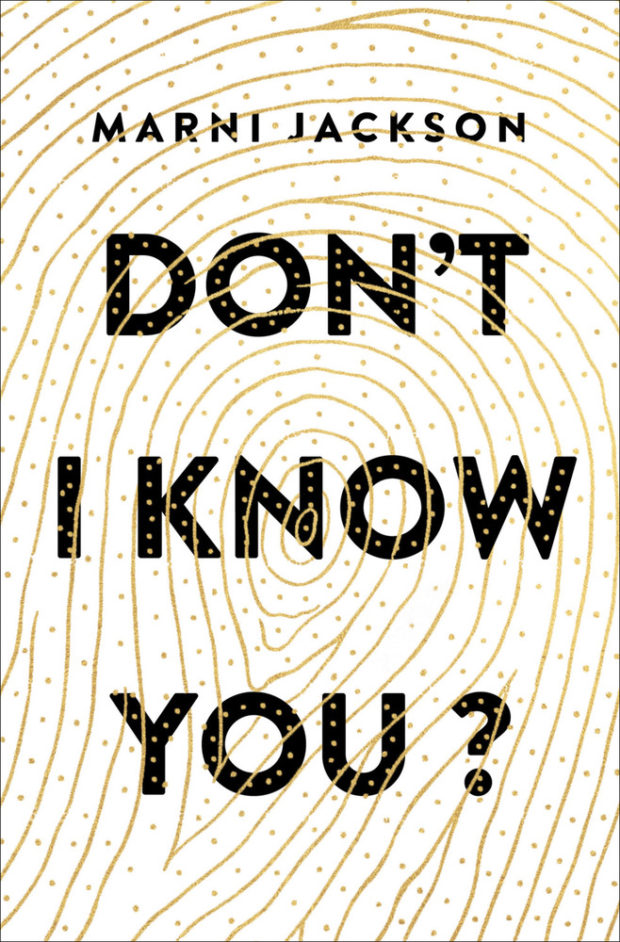
Don’t I Know You? by Marni Jackson; design by Phil Pascuzzo (Flatiron / September 2016)
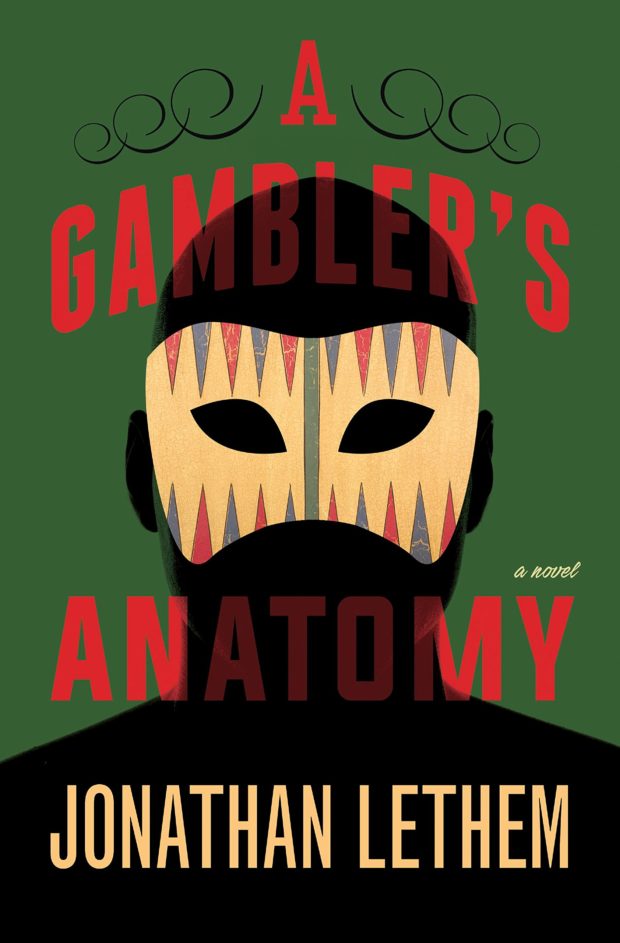
A Gambler’s Anatomy by Jonathan Lethem; design by Gray318 (Doubleday / October 2016)
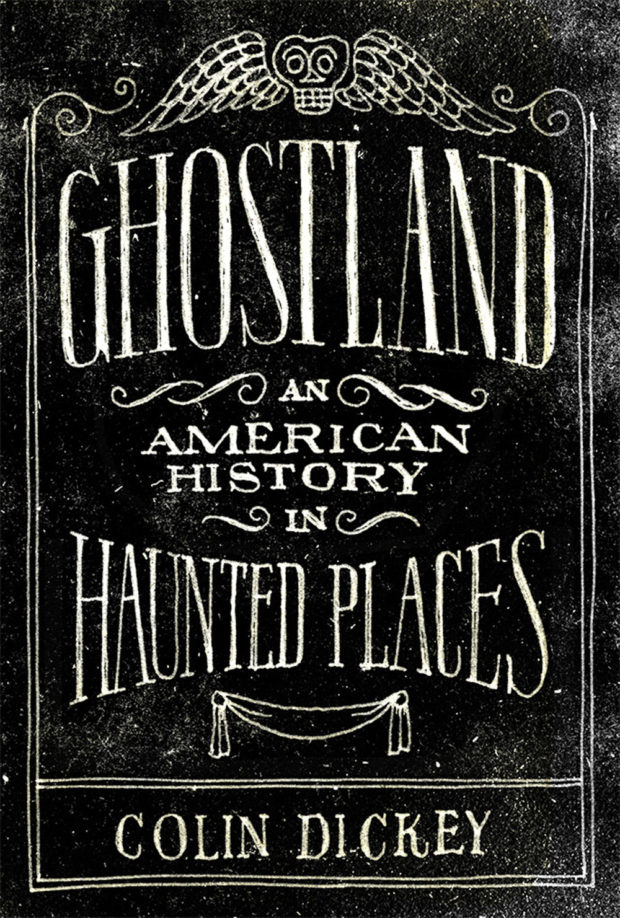
Ghostland by Colin Dickey; cover art by Jon Contino (Viking / October 2016)
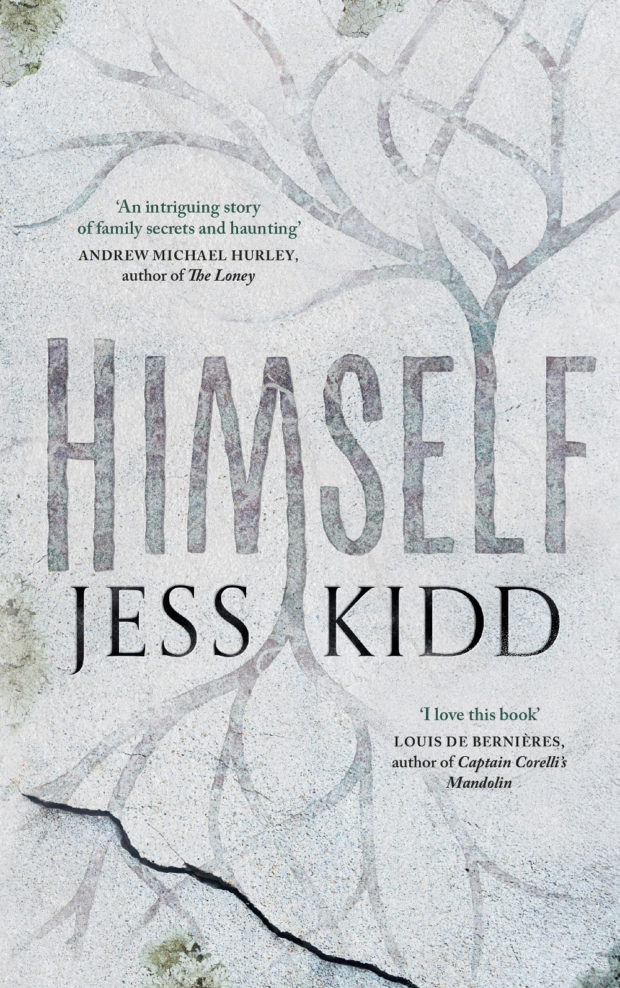
Himself by Jess Kidd; design by Pete Adlington (Canongate / October 2016)
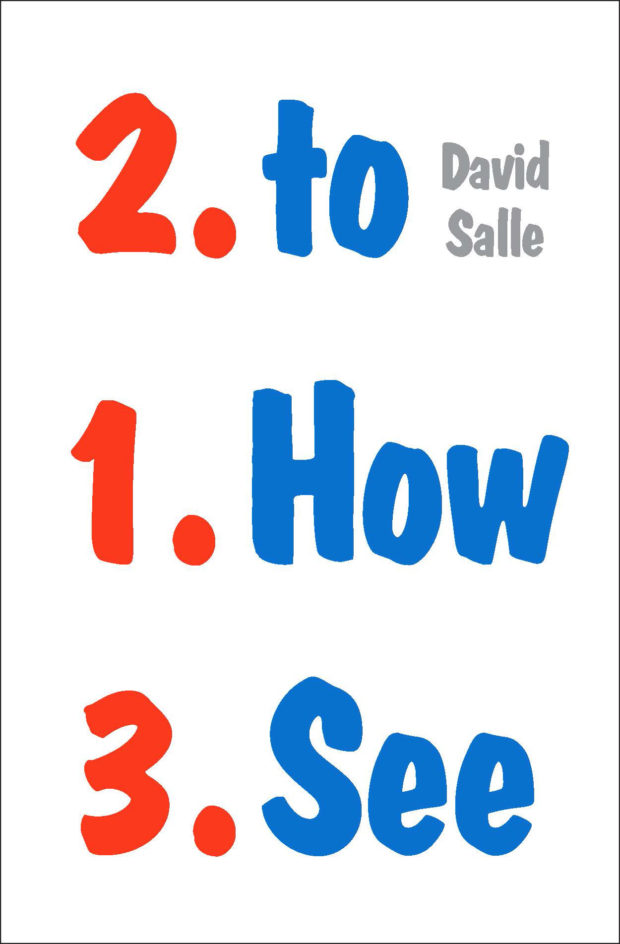
How to See by David Salle; design by Peter Mendelsund (W.W. Norton / October 2016)
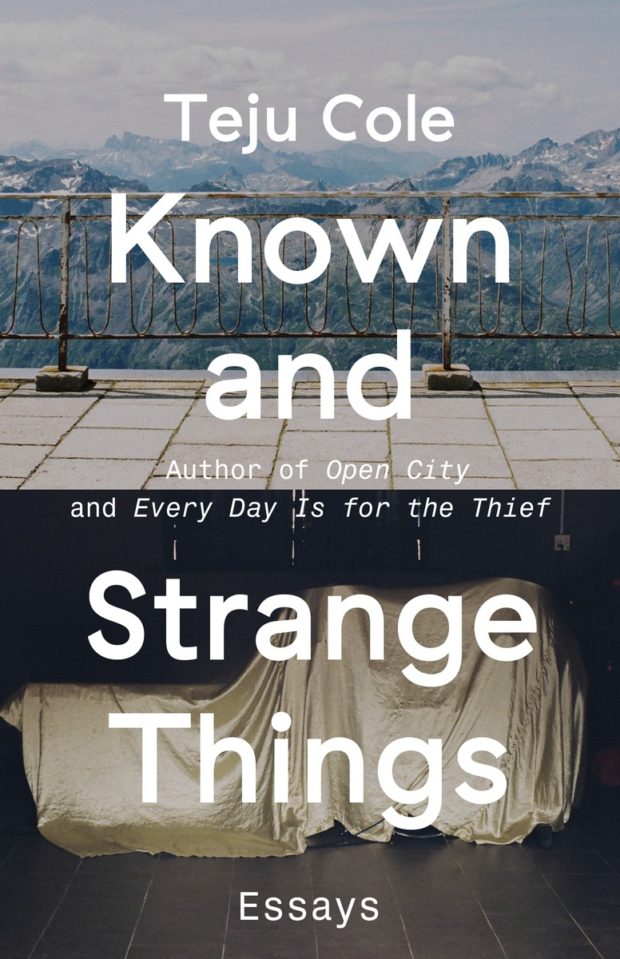
Known and Strange Things by Teju Cole; design by Alex Merto; photograph Teju Cole (Random House / August 2016)
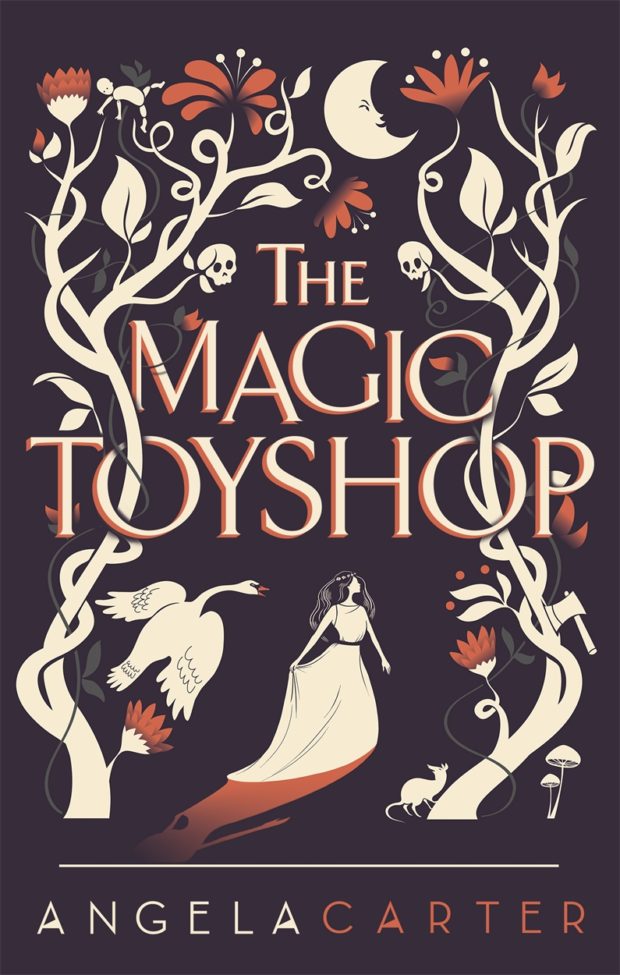
The Magic Toyshop by Angela Carter; design by Jack Smyth; illustration Pietari Posti (Virago / October 2016)
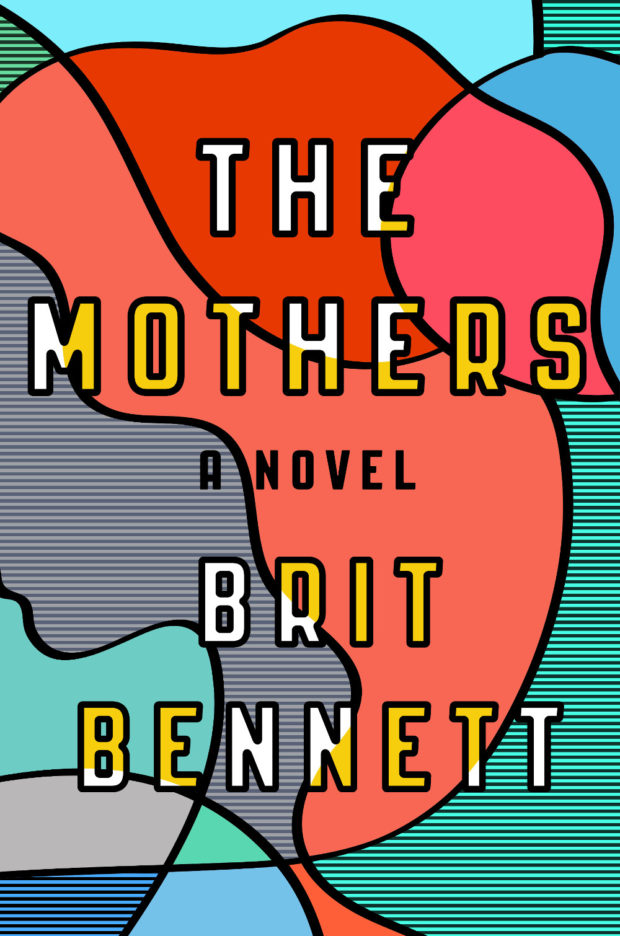
The Mothers by Brit Bennett; design by Rachel Wiley (Riverhead / October 2016)
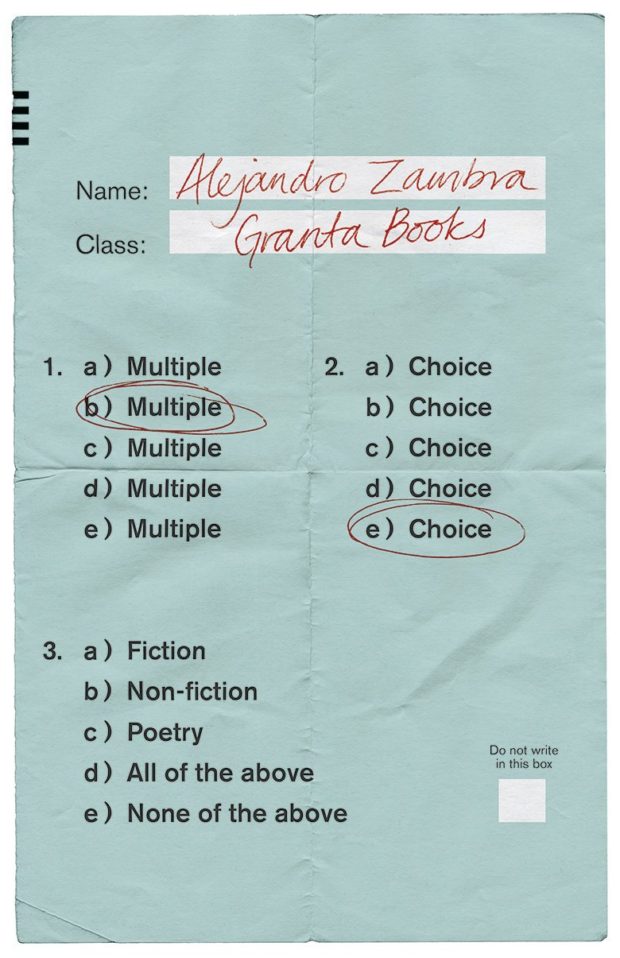
Multiple Choice by Alejandro Zambra; design Jonathan Pelham (Granta / October 2016)
Nayon Cho’s design for the US edition of Multiple Choice, published by Penguin US, was featured in July’s covers post.
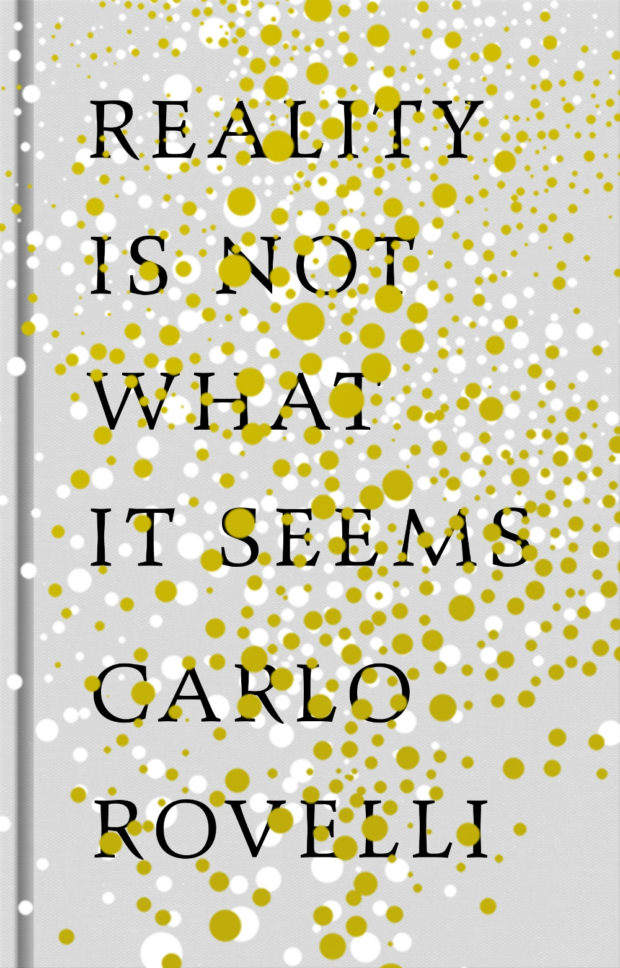
Reality is Not What it Seems by Carlo Rovelli; design by Coralie Bickford-Smith (Allen Lane / October 2016)
This goes rather nicely with Coralie’s design for Rovelli’s previous book Seven Brief Lessons in Physics:
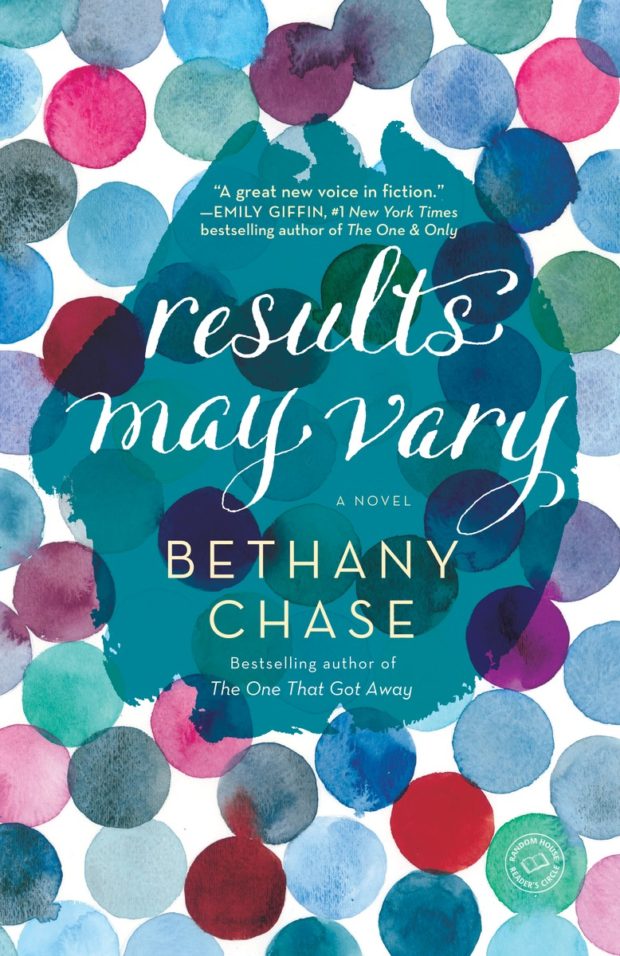
Results May Vary by Bethany Chase; design by Misa Erder (Ballantine / August 2016)

Sirius by Jonathan Crown; cover art by Pascal Blanchet (Scribner / October 2016)

That Self-Forgetful Perfectly Useless Concentration by Alan Shapiro; design by Isaac Tobin (University of Chicago Press / October 2016)
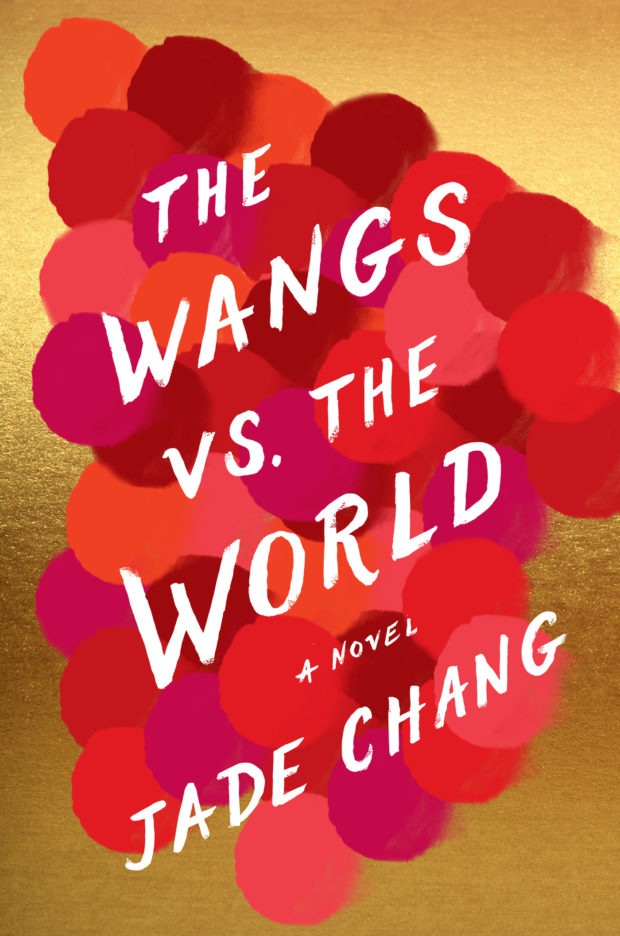
The Wangs vs. the World by Jade Chang; design by Kimberly Glyder (Houghton Mifflin / October 2016)

The Wealth of Humans by Ryan Avent; design by Tom Etherington (Allen Lane / September 2016)

Who Killed Piet Barol? by Richard Mason; design Sinem Erkas (Weidenfeld & Nicolson / September 2016)

Wrecked by Maria Padian; design by Liz Casal (Algonquin Young Readers / October 2016)

















